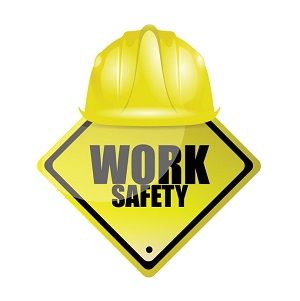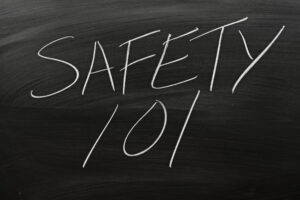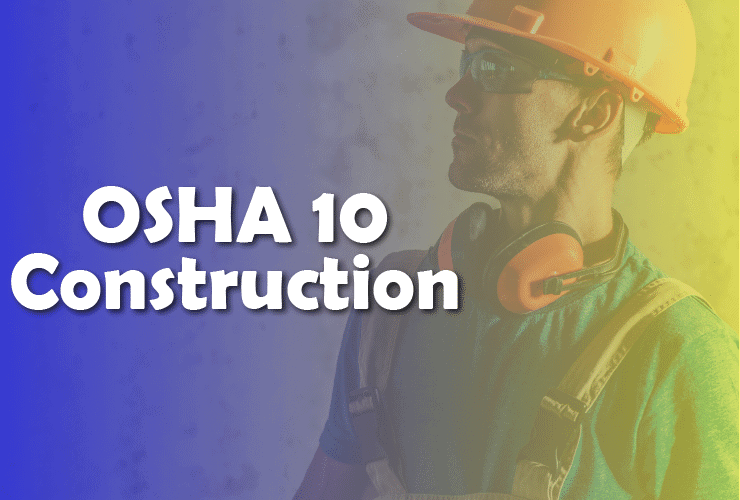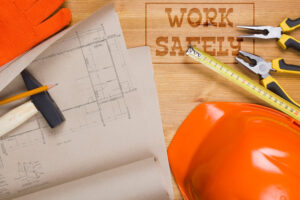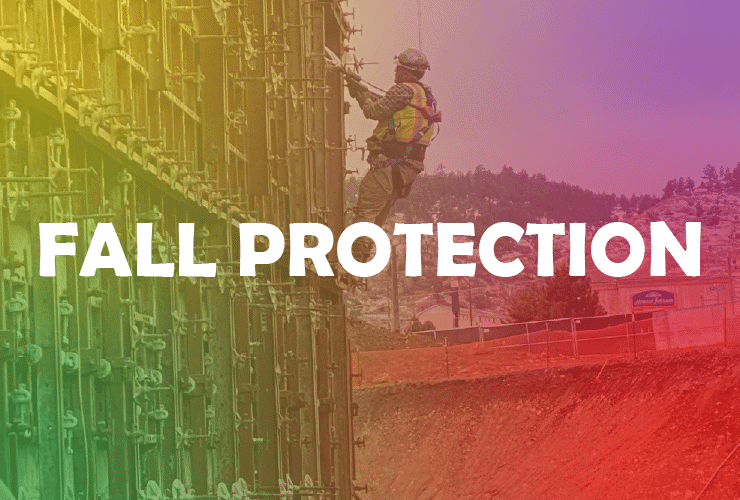Perhaps your company has many safety protocols covered at the workplace, but you need to check if your ladder safety protocols are also put into practice. Understanding ladder safety with your team and having them attend an OSHA 10 safety training class can be very important, always.
To keep your team safe at the construction site, you need to help them understand that ladders are a tool, which can get damaged and what needs to be done to fix it. Because ladders are a tool, employees need to apply the same precautions they use when using other construction tools. Of course, you may not have to put your team through a ladder safety protocol, but there are certain things that need to be clearly established in order to have an accident-free jobsite.
Among these precautions we could mention never climb a ladder when feeling dizzy, exhausted or when you are about to lose your balance; never use ladders in windy or stormy conditions; always use the ladder with the legs placed safely on the ground. At the same time, if the ladder must be placed in front of a certain door, you need to make sure that it is either blocked, or locked, so that nobody opens it to tip the ladder over.

